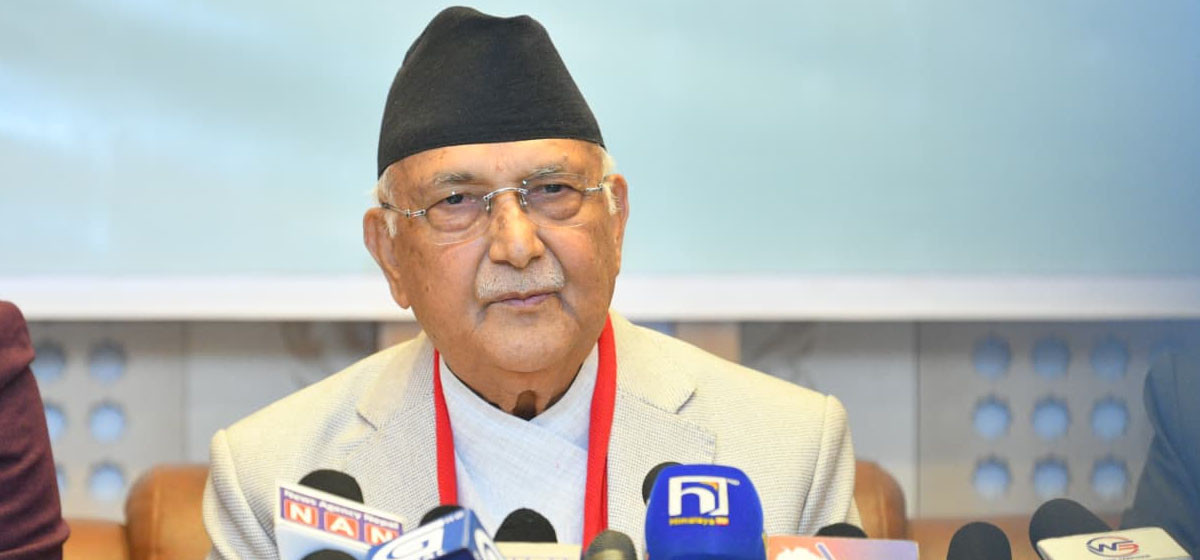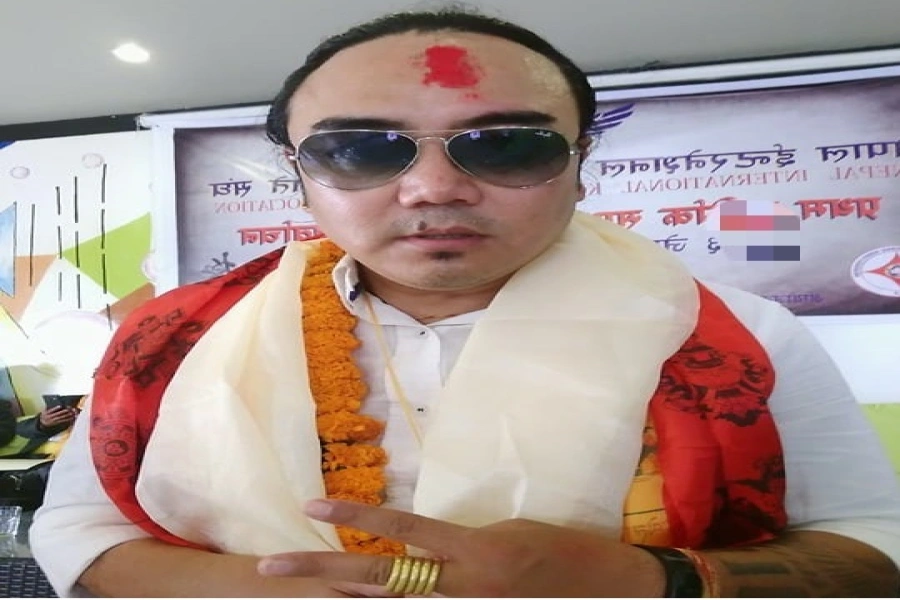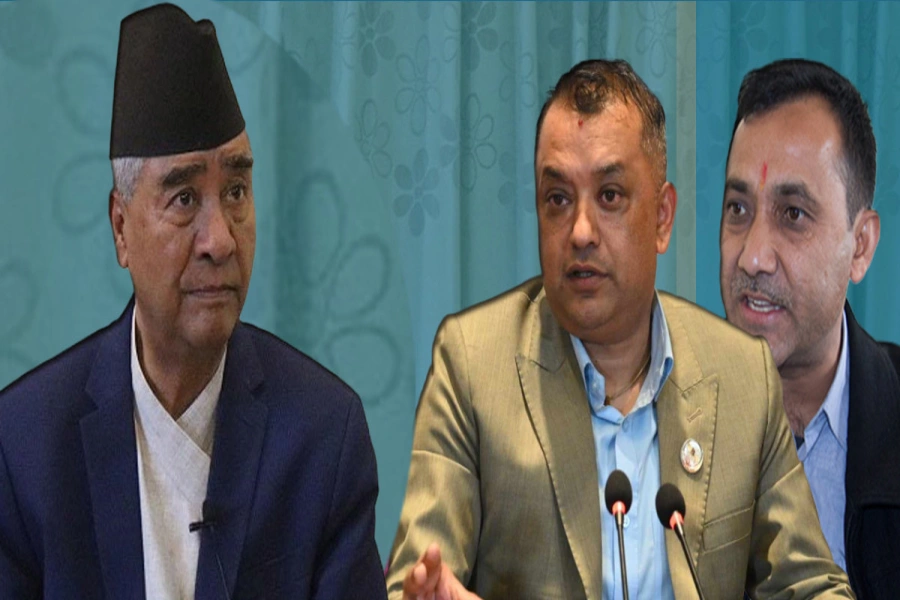Trade unionism in Nepal
The history of trade unions can be traced back to the heydays of the Industrial Revolution at the fag-end of the 18th century. As more and more people came to be employed in machine-driven organized industries—as compared to the earlier times when subsistence farming and small hand-driven cottage industries were the norm—they felt they needed an organization to collectively bargain on their behalf. Indeed, the trade unions thus formed were extremely effective in securing the rights of menial laborers from the unscrupulous robber barons who owned these factories at the time. In the over two-century-long evolution of trade unions since, their basic role—to collectively bargain for the rights of workers—has remained unchanged. But in third world countries like Nepal characterized by continued political instability, the trade unions, rather than speak up for the rights of workers, have come to be handmaidens of political parties. Acing as their proxies, trade unions in Nepal have become notorious for pushing competing political agendas.
India announces caps on rising airfares amid IndiGo chaos

It was to manage their unruly ways that the government decided to consolidate trade unionism in Nepal. Theoretically, reducing the number of trade unions and electing one strong entity for all government employees should strengthen the bargaining power of workers. Having a single point of contact will also make it easy for the management of government offices to hear and address the concerns of their employees. But in reality things will be a lot messier. For instance in the elections held on Wednesday to elect an official trade union of civil servants, the trade union affiliated to the ruling CPN-UML emerged the strongest, securing nearly 45 percent of all votes, 10 percent more than the union affiliated with Nepali Congress. The UML affiliate won elections in 50 of the 75 districts and in 30 of the 42 government offices. If the past is any guide, the civil servants affiliated with the rival unions which lost out on Wednesday will do everything they can to undermine the legitimacy of the winning union. Likewise, drunk on their success, the victors will look to completely sidetrack the losers. And as the two sides battle it out, the organization will suffer.
Those affiliated with these trade unions have shown that they can go to any health to establish the sway of their mother parties. They have in the past locked up senior management, locked down government offices, even physically attacked those from rival unions. It is also hard to see the civil servants, who tend to be strongly divided along political lines, agreeing to the collective bargaining done on their behalf by rival union members. Nothing will change unless the mother parties stop using trade unions as recruitment centers for their cadres and for turfing out rival parties. The new structure of consolidated trade unions should help a bit. But more than a change in organization structure of trade unions per se, what we need is a change in the mindset of political leaders.





































